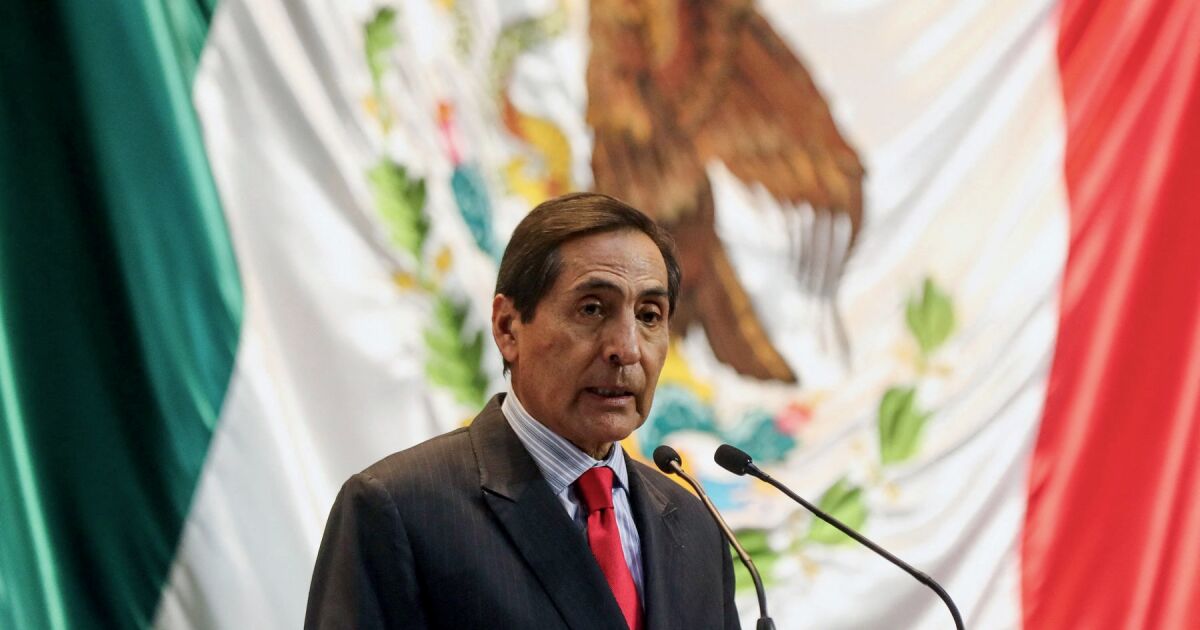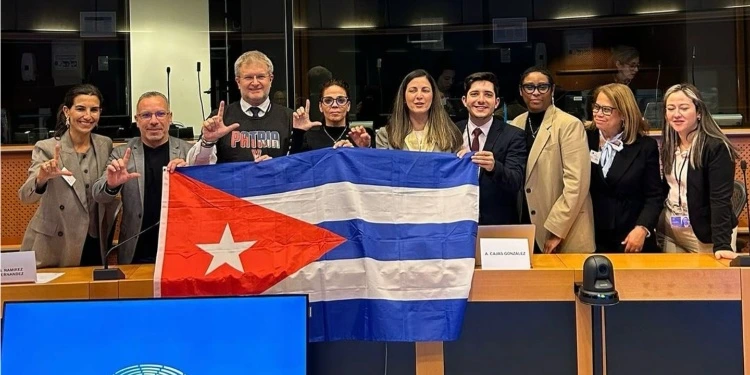“There is total awareness in the government at the highest level of what the reality of the resources is, and that question is going to be answered by the President of the Republic, because I have to give her the priority of announcing it, in the moment that I consider appropriate, but right now what I can assure you is that there is awareness,” said the senior official when asked by legislators whether there will be tax reform in the proposal for the 2025 Economic Package, which will be delivered to the Legislative Branch next November 15.
This year, Mexico will register its highest fiscal deficit, the Treasury estimates it at 5.9% of GDP, and proposes reducing it by 2025 to 3.5%, which will require spending cuts and efficiencies, and also actions to increase public revenue collection. especially the taxes, given the lower income expected from oil revenues for the following year.
“The budget has a high percentage of committed spending, which means that what is left is little, compared to the total, the purpose is to expand the total availability of resources to be able to release excessive rigidity, give greater margin to the government,” he said. Ramírez de la O.
He explained that to generate spaces, duplication of functions will be eliminated, especially in the transversal of all expenses, and not in specific areas.
He stressed that there is also room for paying taxes for large fortunes. “There is room to pay more for the great billions of fortunes that exist, but it also has to belong to that block of definitions, because you, better than anyone, know that fiscal policy decisions, especially in matters of collection, are decisions policies,” he said.
He explained that digitalization will allow economies of scale, automating the management of databases, in addition to better connectivity and communication between agencies, “the Expenditure Budget of the Federation has these spaces, call them pockets where there are great opportunities.” .
Another area where cuts or economies of scale will be made is in state companies where subsidiaries will be eliminated, “there are a very high number of subsidiaries and each one has its council, its president, its secretary, its procedures and they make decisions.” Depending on the interior of that subsidiary, without taking into account the potential for collaboration that this subsidiary has with the rest of the entity, this represents a great opportunity to improve the use of resources.”
















